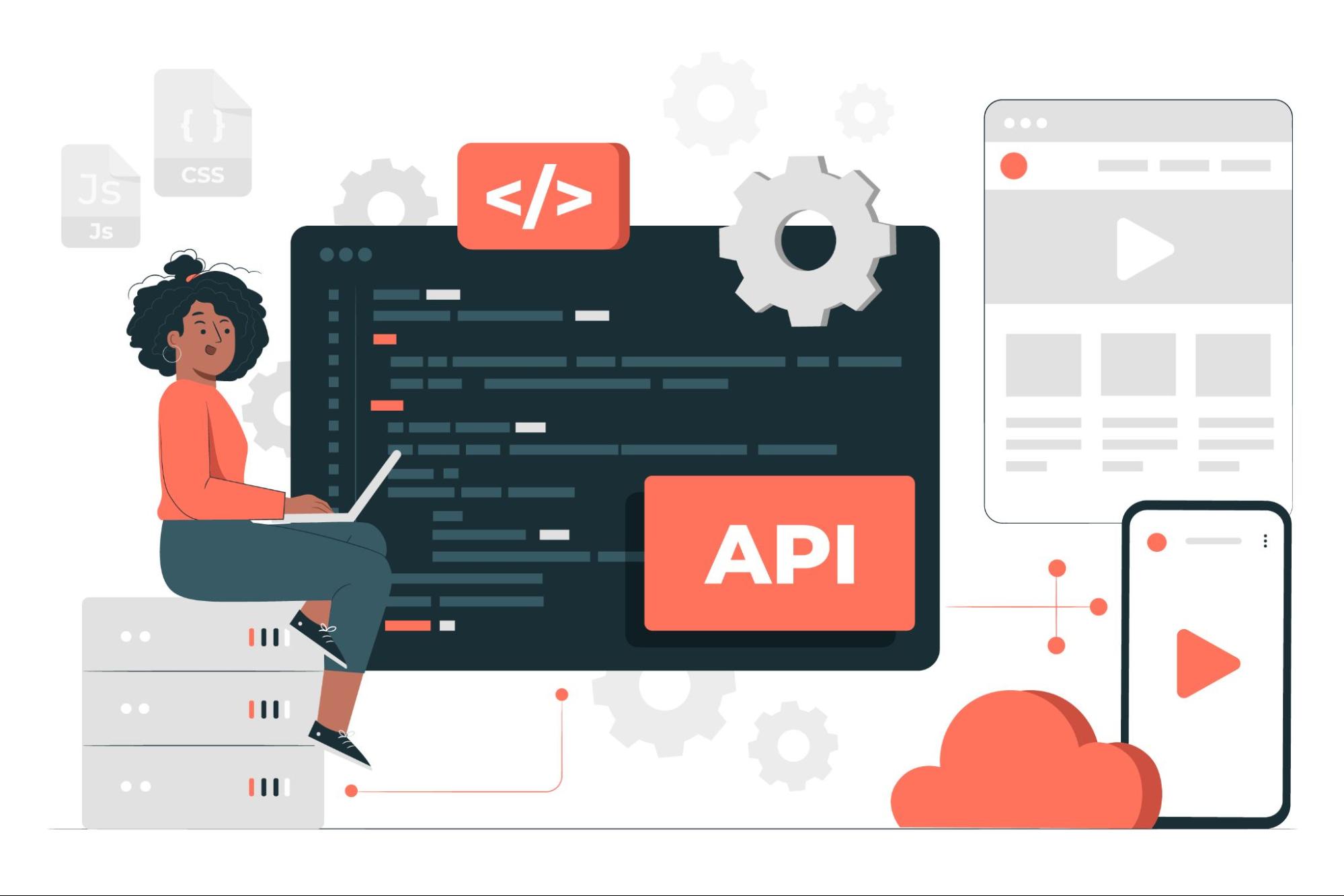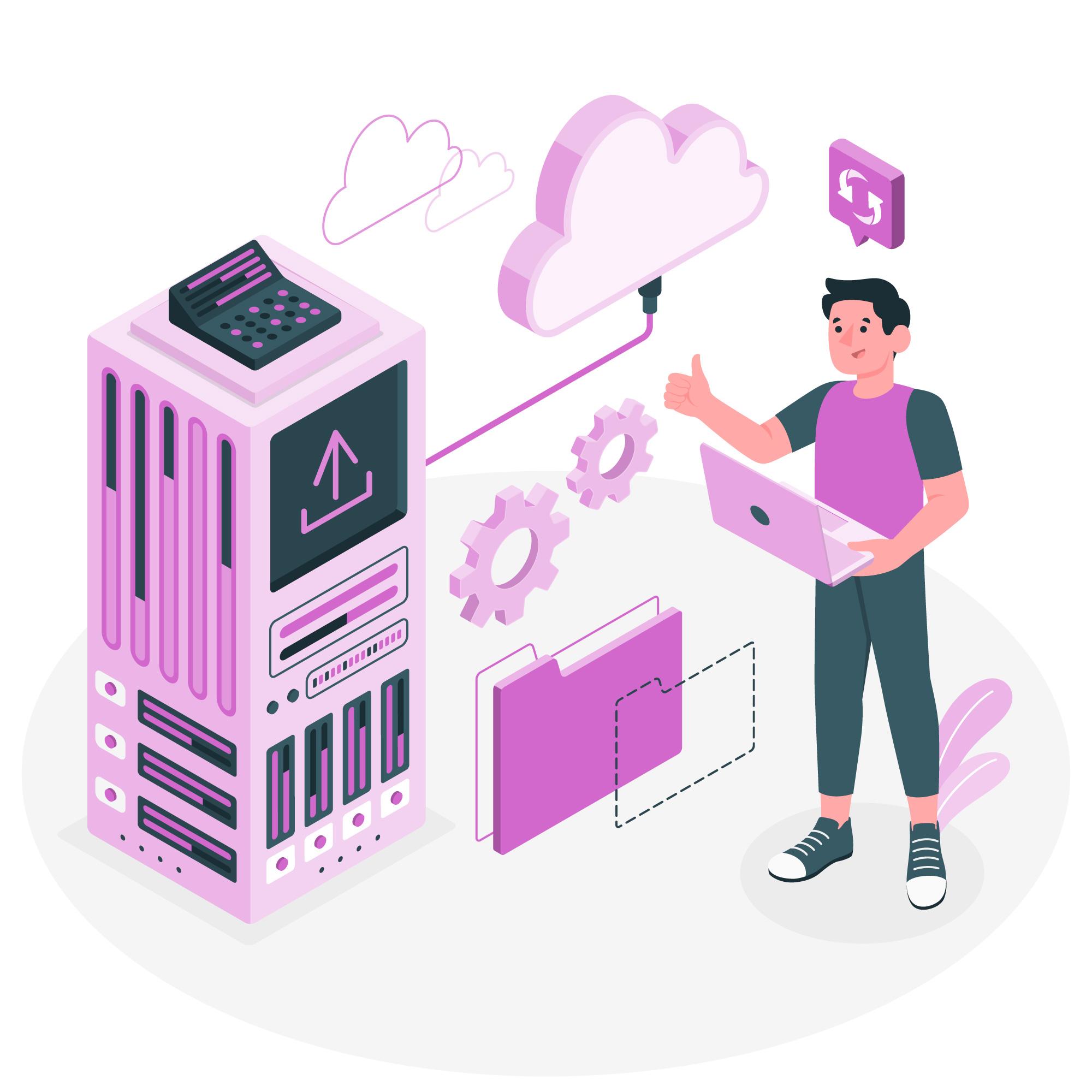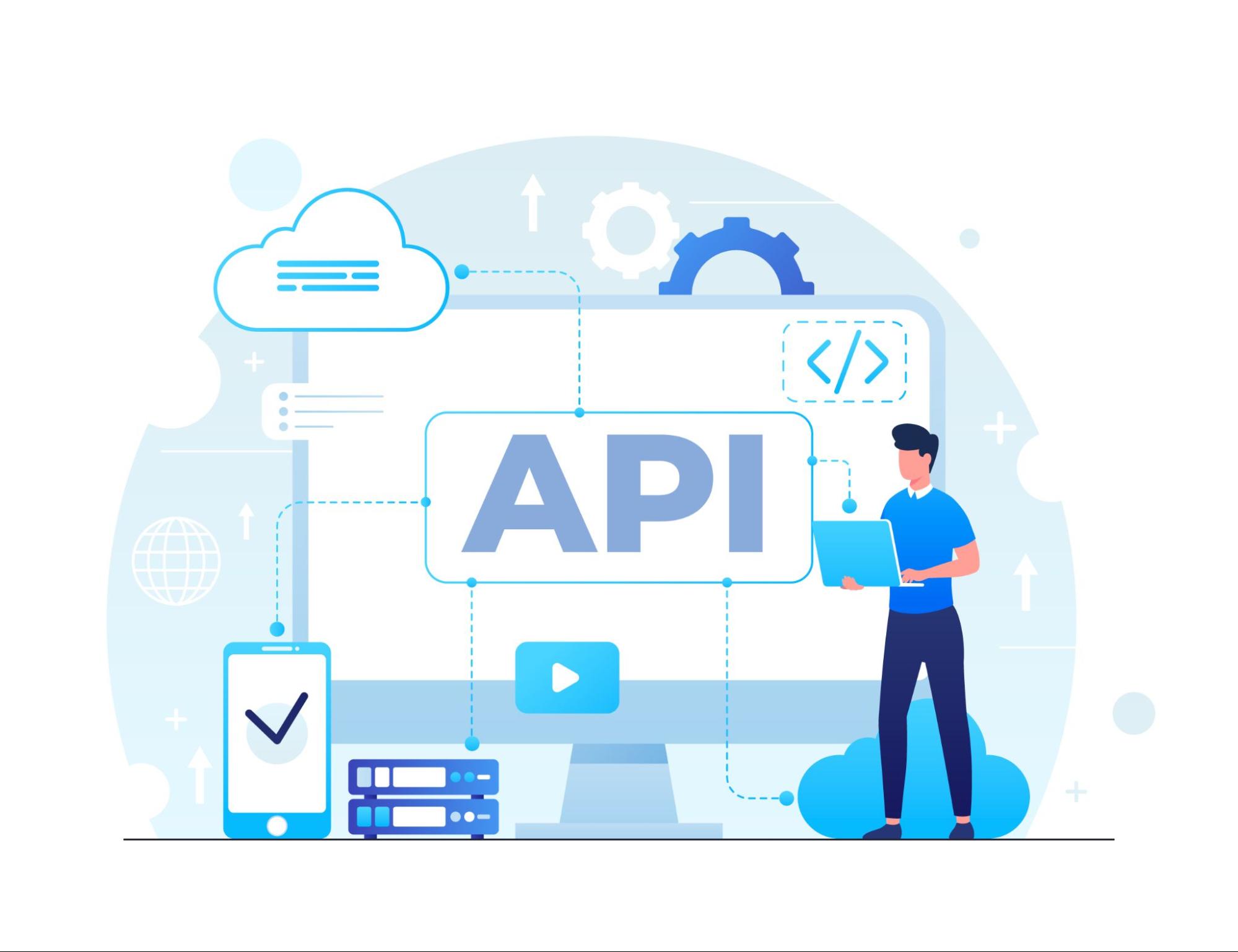

One popular mechanism for sharing data across computers and apps is called the Simple Object Access mechanism (SOAP). When we discuss SOAP API, we are referring to a very defined and standardized approach to API development. Consider SOAP to be like the U.S Postal Service in that it provides a dependable and trustworthy way to deliver and receive messages across systems (and inside corporate applications). Even though SOAP is a well-known and stable architectural approach, it may sometimes be slower than REST.
Read on till the end to learn more about what is SOAP and what is SOAP API.

SOAP emerged in the late 1990s to enable businesses to transfer data across corporate networks. Introduced during the web's maturation, SOAP primarily uses HTTP for message transport but is less tightly aligned with HTTP than REST; it can also employ other protocols. While REST is more of a style, SOAP provides detailed guidance on the structure of requests and responses, as well as message content and encoding. In essence, SOAP focuses on the message, whereas REST emphasizes defining resources.
SOAP utilizes XML as the data format for messages sent and received by an API client, offering four distinct dimensions to the API protocol:
In a common communication protocol called SOAP, XML is used to facilitate the exchange of structured data in dispersed situations. Applications developed in various programming languages and running on different operating systems may interact with each other easily, thanks to SOAP.

Data is encoded in XML format using SOAP (Simple Object Access Protocol), which is renowned for its structure and security. However, REST (Representational State transport) APIs are more adaptable and may transport data in XML, HTML, JSON, and plain text, among other forms. Both SOAP and REST have benefits and drawbacks when compared.
Despite its strict implementation guidelines, SOAP is known for its extensibility. Like other API approaches, SOAP uses HTTP for transport but can also leverage SMTP, TCP, and UDP to pass messages. This flexibility in moving data, content, and media makes SOAP versatile.
Some advantages of SOAP APIs compared to REST APIs include:
While SOAP is beneficial in certain scenarios, REST may be a better option in others. Some drawbacks of SOAP include:
SOAP APIs are commonly used in scenarios that require high security and structured communication, such as:
Consider an example of a SOAP API in an ISBN book validation service, which provides validation using a simple URL:
http://webservices.daehosting.com/services/isbnservice.wsoThis ISBN validation service uses a POST HTTP method to send the following structured XML snippet to the service via the HTTP request body:
<?xml version="1.0" encoding="utf-8"?>
<soap:Envelope xmlns:soap="http://schemas.xmlsoap.org/soap/envelope/">
<soap:Body>
<IsValidISBN10 xmlns="http://webservices.daehosting.com/ISBN">
<sISBN>0-19-852663-6</sISBN>
</IsValidISBN10>
</soap:Body>
</soap:Envelope>
The service returns the following XML response, confirming the ISBN number's validity:
<?xml version="1.0" encoding="utf-8"?>
<soap:Envelope xmlns:soap="http://schemas.xmlsoap.org/soap/envelope/">
<soap:Body>
<m:IsValidISBN10Response xmlns:m="http://webservices.daehosting.com/ISBN">
<m:IsValidISBN10Result>true</m:IsValidISBN10Result>
</m:IsValidISBN10Response>
</soap:Body>
</soap:Envelope>
This ISBN validation service uses a standardized SOAP envelope to pass a structured message, resulting in a standardized response. The SOAP response structure makes it easy for developers to understand and integrate into their applications.
Optimizory, a leading provider of innovative API solutions, recognizes the importance of both SOAP and REST APIs in modern enterprise environments. Although SOAP offers a strong and secure base for APIs, Optimizory's knowledge guarantees smooth integration and effective API administration. Utilizing the state-of-the-art tools and services offered by Optimizory, companies may fully use SOAP APIs to propel their digital transformation.
Optimizory's solutions provide thorough help and advice at every stage of the API lifecycle, making it easier to understand the intricacies of SOAP APIs. From initial development to deployment and maintenance, Optimizory ensures that businesses can maximize the benefits of SOAP APIs without the associated challenges.
With its dependable and organized approach to message exchange, SOAP offers a strong basis for APIs. For backbone applications and integrations in business contexts, its security, flexibility, and adaptability make it a viable option, even if it could be slower and more complicated than REST. Businesses can easily traverse the differences between SOAP and REST APIs and use each one's capabilities to fulfill their unique demands, thanks to Optimizory's knowledge of both protocols.
In the API industry, Optimizory stands out as a reliable partner that assists companies with the implementation, management, and optimization of their API strategy. Optimizory offers the knowledge and resources required to thrive in the fast-paced digital world of today, whether it be for comparing and contrasting SOAP and REST or investigating the distinctions between SOAP and REST APIs.

Record, Specify, Test and Mock your RESTful and Other Web APIs.